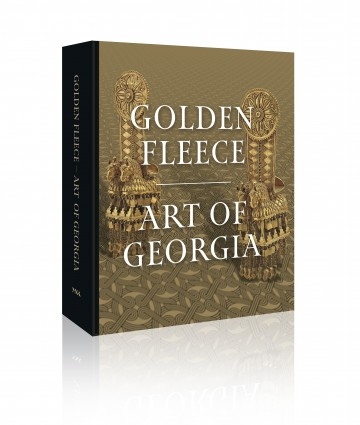
Zbiory polskie. Polish Collections
red. Arkadiusz Wagner
Stron: 512
Dział: historia sztuki i architektury
ISBN: 9788323144793
|
|
|
|---|---|
Mimo katastrofalnych spustoszeń, jakie poczyniono na przestrzeni stuleci w polskich bibliotekach, archiwach, muzeach i kolekcjach prywatnych, obecnie znajduje się w nich ogromna – choć niezwykle trudna do oszacowania – liczba dzieł dawnego introligatorstwa. Długotrwałe lekceważenie potrzeby inwentaryzacji, a zwłaszcza systematycznych badań owych artefaktów, sprawiło, że nasza wiedza o nich jest wciąż bardzo mglista. Ożywiający się w ostatnich latach rodzimy dyskurs tegumentologiczny prowadzi jednak do kolejnych – nierzadko spektakularnych – odkryć. Dowodzą one, że w zaciszu magazynów tudzież prywatnych księgozbiorów kryją się nigdy niezidentyfikowane arcydzieła sztuki introligatorskiej. Obok nich przechowywane są oprawy o wprawdzie mniejszych walorach estetycznych, ale niezbędne do rekonstrukcji historii tej dziedziny rzemiosła. Nie mniejszą rolę odgrywają one w odtwarzaniu dziejów bibliofilstwa i bibliotekarstwa na dzisiejszych i historycznych ziemiach Rzeczypospolitej.
Ze Wstępu
Despite the catastrophic ravages Polish libraries, archives, museums and private collections have suffered over the centuries they still contain a great many early bookbinding items whose exact number is extremely difficult to estimate. The long-lasting disregard for the need to compile an inventory and, which is an even more serious oversight, to conduct systematic research on these artefacts has led to the situation that our knowledge of them is extremely vague. With so called (in Polish language) tegumentological discourse showing signs of revival in recent years new discoveries have come to light some of which have been quite spectacular. This trend may serve as evidence that in the quiet recesses of stockrooms and of houses hiding private book collections, one may come across masterpieces of bookbinding which have never been identified as well as other items, which although of a lesser aesthetic value, are vital for researchers working on reconstructing the history of the bookbinding craft. They also play no lesser a role in recreating the history of bibliophilic activity and librarianship in today’s and former Polish lands.
From the Introduction












red. Arkadiusz Wagner
UNIWERSYTET MIKOŁAJA KOPERNIKA W TORUNIU, 2021
Dział: historia sztuki i architektury
Stron: 512
ISBN: 9788323144793